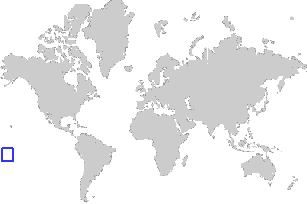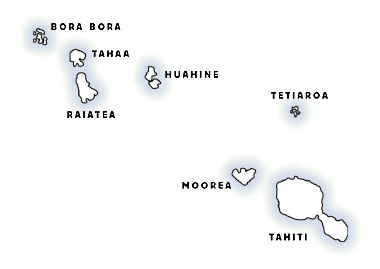Across Tahiti /
French Polynesia
Across Pacific & Asia
Across Pacific & Asia
|
| .......................................................................... |
.. |
...........................
.............................................................. .................
|
| ........ |
..............................Building Bridges ACROSS the Barriers.................................... .............................................................................. |
........ |



 Comparative
area:
Comparative
area:
